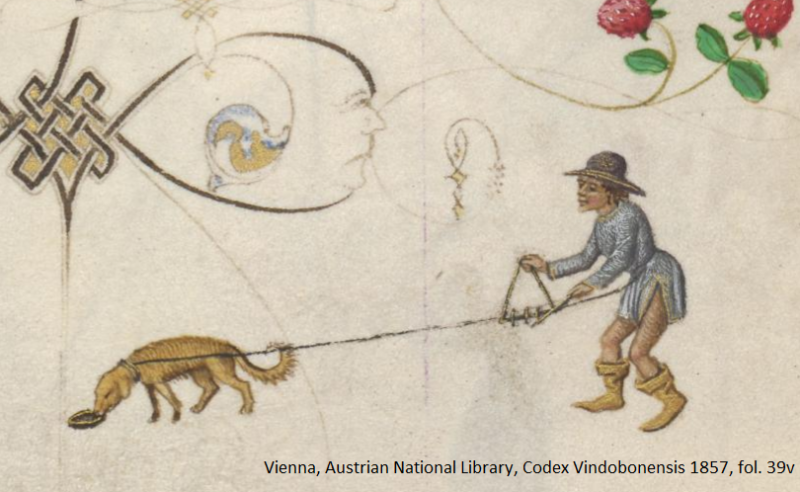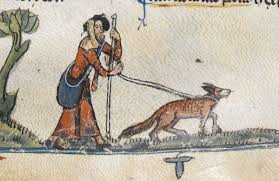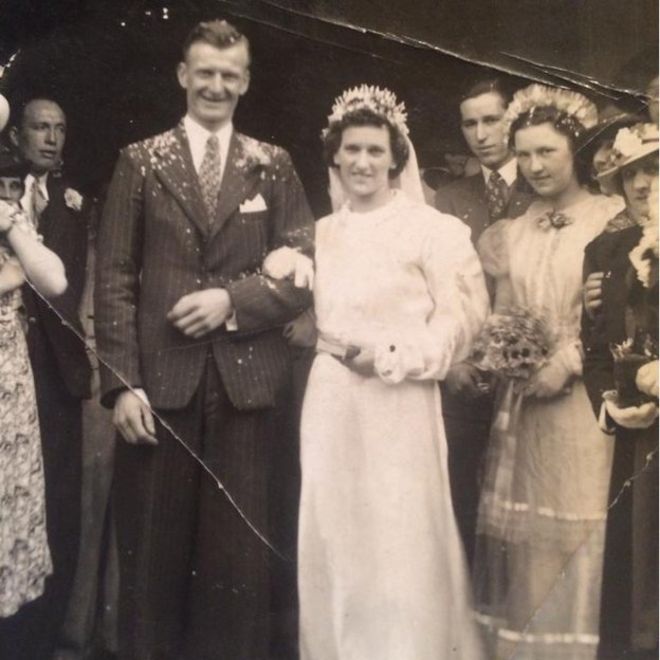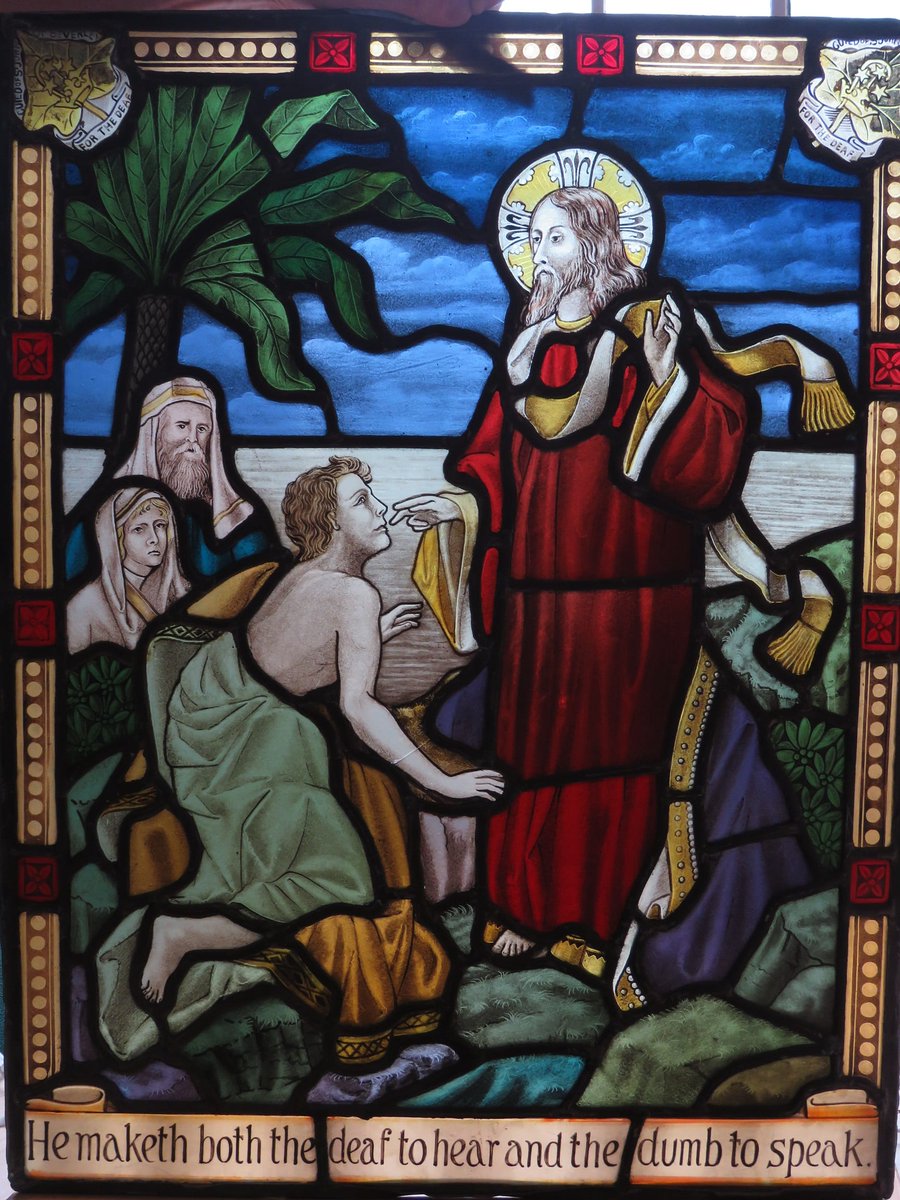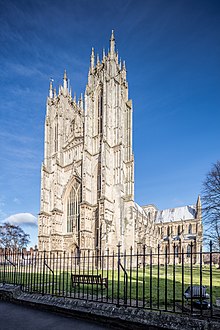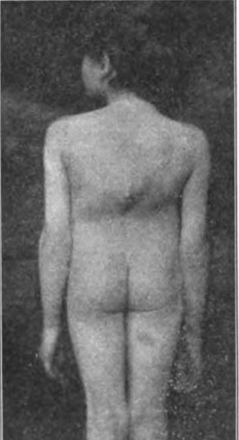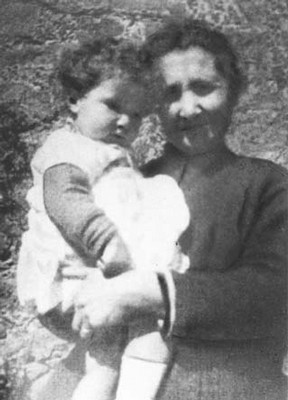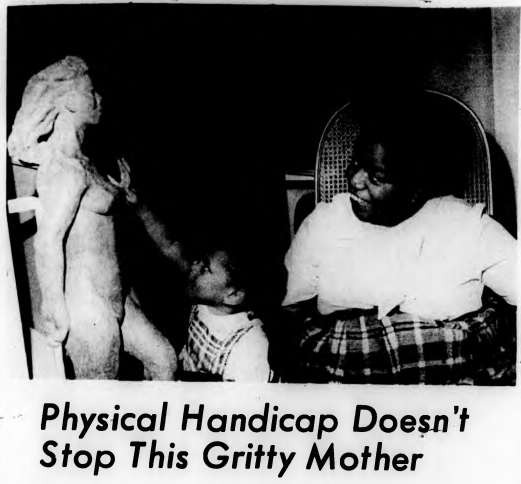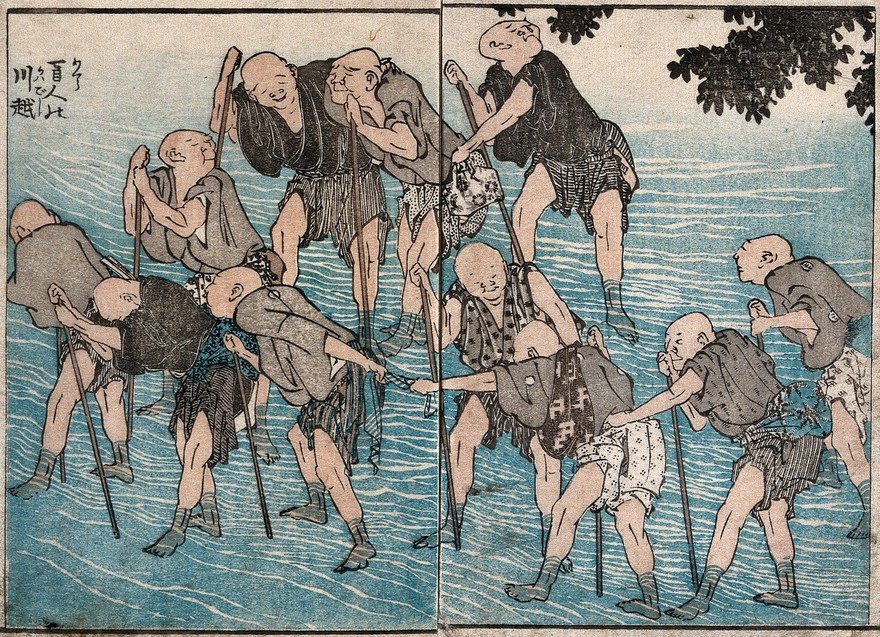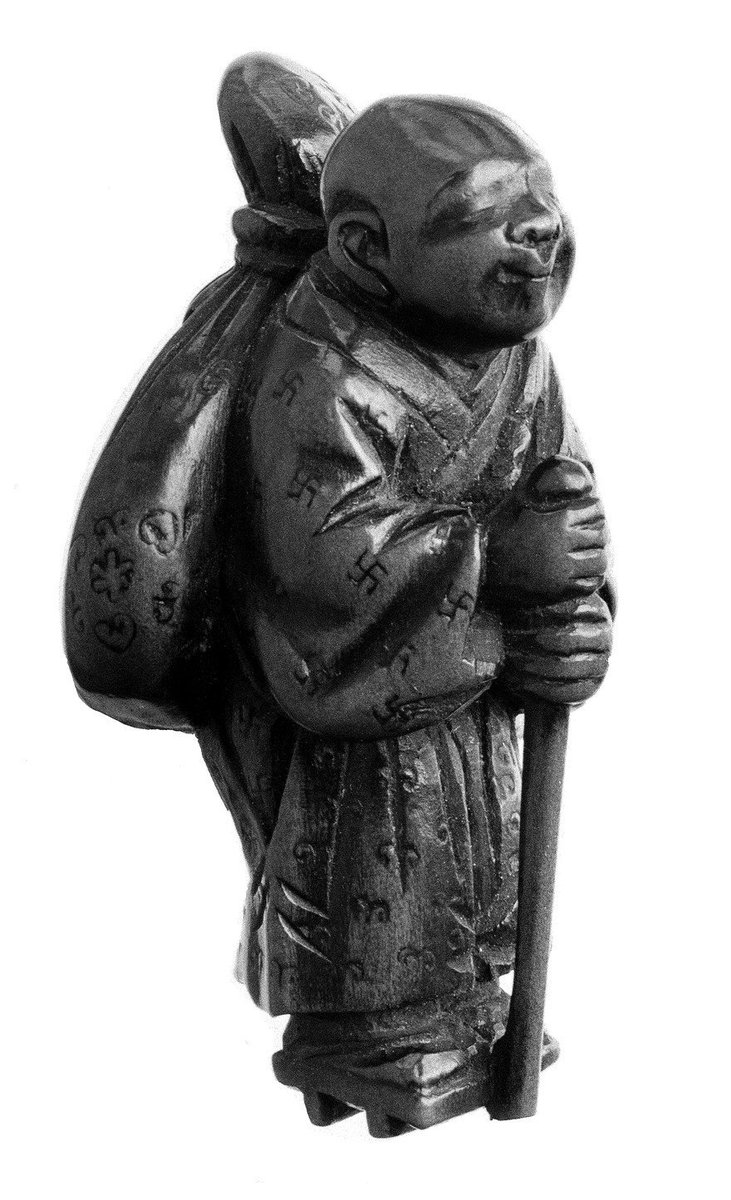Thread:
Today is #NationalDogDay! Lets examine what roles our 4-legged friends have played in #DisHist!
Artistic representations of dogs accompanying #blind singers, beggars etc from across the world suggests that they have often worked and lived alongside #disabled handlers..1/

Today is #NationalDogDay! Lets examine what roles our 4-legged friends have played in #DisHist!
Artistic representations of dogs accompanying #blind singers, beggars etc from across the world suggests that they have often worked and lived alongside #disabled handlers..1/


In this #earlymodern illustration of the Dance of Death, Death cuts the rope that links the blind man and his dog: “I cut you off from your guide.”
The blind man responds, saying, “I cannot take a step without my dog (hund).”
#DisHist #NationalDogDay..2/
The blind man responds, saying, “I cannot take a step without my dog (hund).”
#DisHist #NationalDogDay..2/

For more on #DisHist and good doggos in medieval illustrations, read @drkmurch's blog here:
kristamurchison.com/medieval-guide…
...3/
kristamurchison.com/medieval-guide…
...3/
@drkmurch These later artistic representations continue to show the blind artistic subject with small dogs leading them in public spaces. These dogs were possibility performers, protectors, companions & guides.
Image: #19thc engraving, Le chien de l'aveugle.
#DisHist ....4/
Image: #19thc engraving, Le chien de l'aveugle.
#DisHist ....4/

In this #17thc Japanese print, a blind beggar is shown with a stick and dog, from the @nypl, while the other image shows a 'leper' accompanied by 'pariah dogs' in British India.
#DisHist #NationalDogDay #envhist ...5/

#DisHist #NationalDogDay #envhist ...5/


Dogs often worked with #disabled performers.
In this illustration, the dog leads a Blind performer, who extends a begging bowl and has a child on his back.
The dog himself holds a begging bowl in his mouth.
#DisHist #ArtHistory #NationalDogDay #NationalDogDay2019...6/
In this illustration, the dog leads a Blind performer, who extends a begging bowl and has a child on his back.
The dog himself holds a begging bowl in his mouth.
#DisHist #ArtHistory #NationalDogDay #NationalDogDay2019...6/

It is WWI that really changes the ways in which dogs begin to be trained to support disabled people of all kinds.
The first TRAINED guide dogs for the blind were in streets, factories & public transport in Europe & the Americas by the 1920s & 30s.
#DisHist #NationalDogDay ..7/


The first TRAINED guide dogs for the blind were in streets, factories & public transport in Europe & the Americas by the 1920s & 30s.
#DisHist #NationalDogDay ..7/



Although guide dogs for the blind are more common, signal dogs, #HearingDogs, or 'Audio dogs' were advertised in #Deaf publications in North America & Europe as 'hearing aids' for the #Deaf by the 1980s to help alert handlers to sirens, doorbells.
#DisHist #NationalDogDay2019..8/
#DisHist #NationalDogDay2019..8/
As much as these 4-legged creatures have been much beloved companions, they now play an important role in the lives of many disabled people, and are trained for handlers with disabilities including diabetes, epilepsy, PTSD.
So MANY GOOD DOGS.
#DisHist #NationalDogDay
End thread
So MANY GOOD DOGS.
#DisHist #NationalDogDay
End thread
• • •
Missing some Tweet in this thread? You can try to
force a refresh



